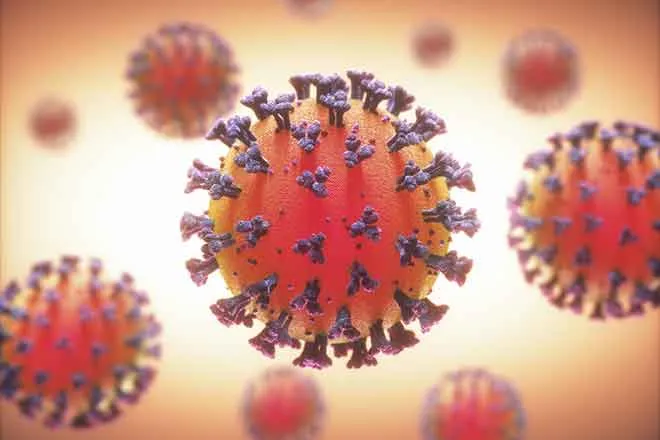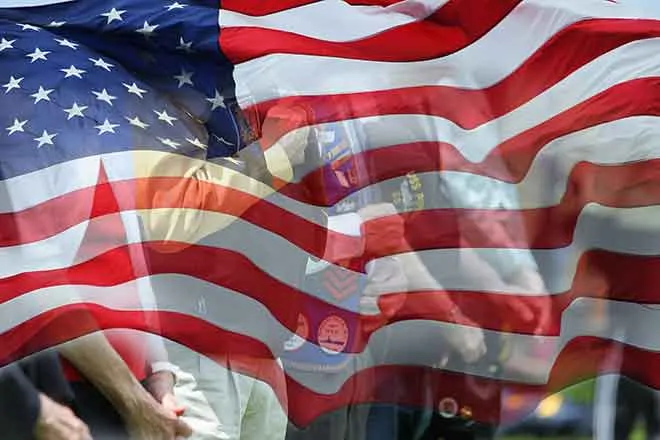
Colorado ranks third nationally for senior health outcomes
(Colorado News Connection) Colorado ranks third nationally when it comes to caring for its most vulnerable adults, according to a new UnitedHealthcare report.
The strong showing can largely be attributed to the state's lower than average poverty rate for people aged 65 and older, and the choices people make every day.
Dr. Michael Stockman, market chief medical officer for UnitedHealthcare, said Colorado seniors ranked first in the U.S. for being physically active.
"And being physically active leads to lower risk of cardiovascular disease, cancer, diabetes and premature death," Stockman outlined. "The prevalence of obesity and chronic medical conditions for Colorado seniors is also some of the lowest in the nation."
The biggest challenges facing Colorado seniors between 2019 and 2021 include the high cost of housing, a lack of investment in community support services, and a shortage of home health care workers.
The success is not shared evenly across the state. Older Coloradans living in southeastern counties experienced the greatest rates of social isolation, based on risk factors including poverty, marriage status and difficulties involved with living independently.
Dr. Rhonda Randall, chief medical officer of Employer and Individual for United Healthcare, said there has been an alarming increase in drug deaths across the U.S., mostly due to opioid overdoses. Colorado saw a 70 percent rise between 2019 and 2021.
"So that same troubling trend that we're seeing across other populations in the United States is affecting seniors too," Randall explained. "A lot of people don't think that seniors may be as affected by substance use disorders and opioid use disorders, but they are."
Randall added nutrition is very important as we age, and the report's data showed seniors saw significant improvements in food security during the pandemic. More people who were eligible signed up for SNAP benefits, the program formerly known as food stamps, and other services designed to deliver food to homes.
"Food insecurity decreased 6 percent," Randall reported, noting fewer seniors are worried about getting access to nutritious food, more seniors got home-delivered meals, and more seniors got assistance with meals.

















